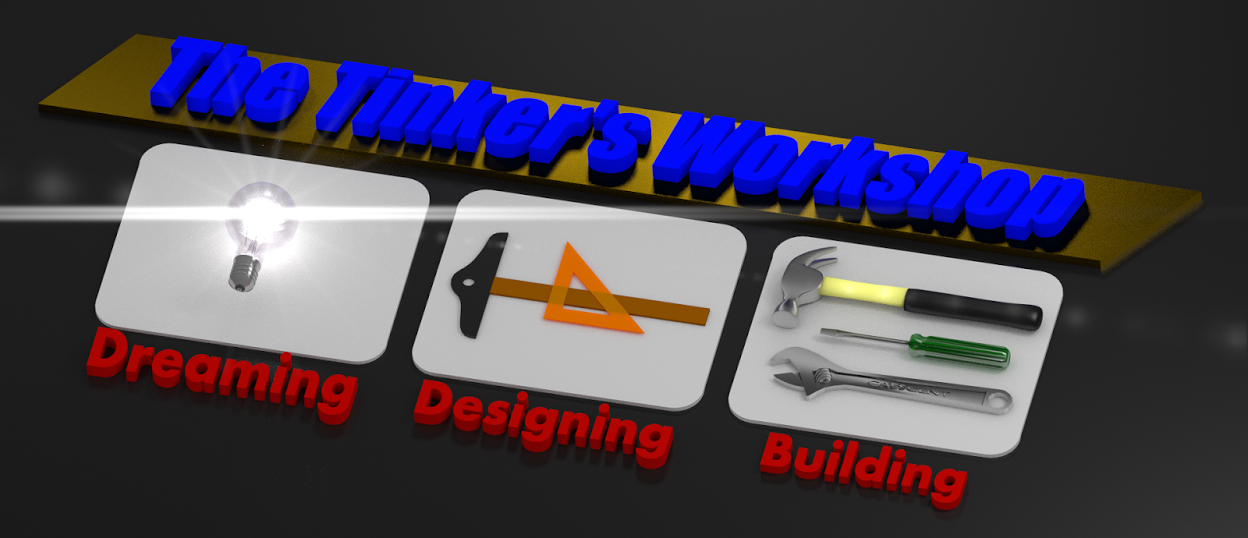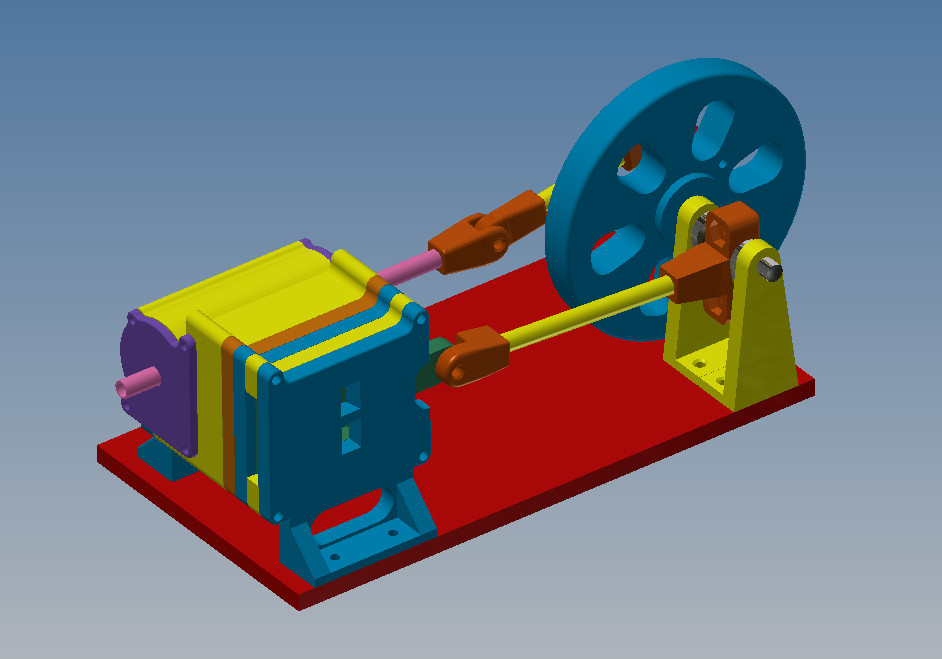This week brings new progress to the velomobile project along with the support cradle that I have for it. With the build of the velomobile it was necessary to rest the body on to a special built cradle during it's assembly. This cradle has made the build process much easier as I am able to move the body around in my garage very easily by having casters installed on the assembly. This cradle with it's nylon web straps hold the body securely without damaging it during the build. But looking forward I find that the two inch casters will not do at all if I wish to work on the body outside of the garage and in my back yard.
To make it possible to roll the cradle out into my backyard when the warm weather finally shows up I decided to add a few more pieces to the cradle assembly. I first removed the two inch casters and added axle assemblies made up of 2 x 4's and 1/2 inch plywood support plates. To these axles I then mounted seven inch wheels I found at my local Menards store. This makes up a rolling cart that also has the potential for some great coaster carts for kids. I helped build a bunch of them when I was a kid so it was and easy thing to come up with for the velo build.
The front of the new cradle assembly is designed with a center pivot point that is steered using a simple rope mounted to the outer gusset plates.
At the center of the front pivot point is 1/2 inch bolt that runs through the original framework of the velomobile cradle, several spacer blocks and into the lower front steering axle. The spacer block was needed so that the front axle would swing freely when pulled from side to side using the attached steering/pull rope and not rub against the outer mounting bolts on the original cradle assembly.
The gusset plates for the front and rear axles were glued and screwed on to the axles and wheel mounting plates using deck screws. A hole was drilled through the front axle gusset plate to mount the pull rope.
Here you can see how the axle for the seven inch wheels are mounted using 1/2 inch bolts through a small 2 x 4 block on each end of the axles. These bolts are then held in place using lock nuts just tight enough to hold everything together but not so tight that the wheel does not spin. The pull rope was fed through the front gusset plate on the front axle and then a knot was tied on the back side to hold it in place.
With this photo you can see how much more ground clearance that I have for the velomobile construction. The seven inch wheels will roll nicely on my lawn now so I can keep the dust and out of my garage when the weather finally warms up and I want to do sanding or painting outside. The new car only raised the body up six inches so it still is at a good working height.
At this point with the build I have the velomobile completely fiber glassed inside and out. I will have to start the process of puttying the body to fill the weave using a mixture of micro-balloons and resin. and checking over any spots on the body to make sure I have not missed anything while I was glassing. I also want to look for any imperfections that need to be smoothed out at this time too. The rear blister behind the drivers compartment has already been done and has been sanded smooth. This gives the body a nice white coating so I will be more than happy when the rest of the body is the same way. Lots to do yet but with the new cradle improvements it will make it a lot easier and nicer to work outside under a shade tree in warm weather. Until that time I'll keep plugging along in the garage to keep the project moving forward.


